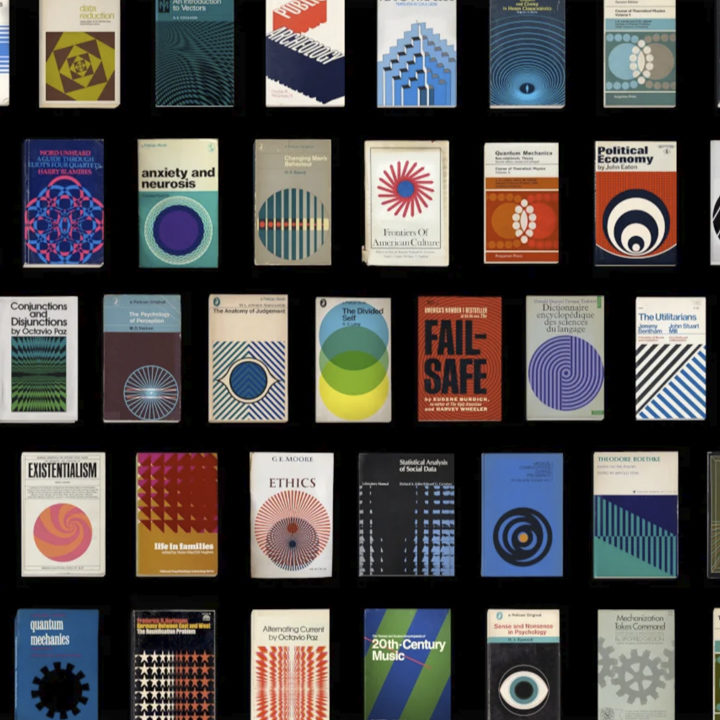Henning Max Lederer, a graphic designer and motion graphics artist, is well known for his animated illustrations, but perhaps best known for the series that answers the question: “How would vintage book and record covers look if they were set in motion?”
Why you ask? Because…
Our design sense, in no small part, is built on our knowledge of, and experiences with, the work of others. In this case, it’s fun to see how one designer picks up where others left off.
I asked Lederer…
Where did you get the idea for the series…
“I started to animate book covers in 2015 when I found a collection of vintage book graphics online. As a graphic designer I was fascinated by the designs themselves—the use of colours, shapes and typography. But, as I work mainly as a motion designer, the next question was obvious: How would these great book graphics from the past look when set in motion?
There are already more than 200 covers in total and when working on the latest video, I decided that there are also some very intriguing record sleeves out there—so it’s an ongoing experiment as I discover new vintage graphics that beg to be set in motion.”
But Lederer’s portfolio is much deeper and wider than the book cover series—he has collaborated with many different illustrators and musicians to set their work in motion…
Regarding that side of his work I asked…
How often do you use your own illustrations versus using those of other illustrators?
“That depends on the client and the project and what works best. In general, I can illustrate to a certain degree—the vector-based style with pictograms and icons is something I often have to produce for explainer videos. But there are also, for example, my animated Christmas cards (that I do each year), which I illustrate in my own quirky style.
The advantage of doing my own illustrations is I know how to prepare exactly what I need to set them in motion. The disadvantage is, my skills in this field are limited, I’m not a professional illustrator. So I welcome the opportunity to work with the layouts, designs and illustrations of others—that way I can focus on my main skill: motion design.
Are most illustrators receptive to the idea?
“So far the illustrators and artists have been quite happy to see their work suddenly come alive. One of my main aims when animating other peoples work is to keep the original style and feeling of the graphics. I’m not creating something completely new, just taking it a step forward and breathing life into it.
Is it complicated to negotiate rights to their work?
“I haven’t had any trouble yet. I am always open and honest about what I have in mind and how I propose to use other peoples work. Creative collaborations are great, but everyone must be credited properly. We all know how annoying and frustrating it is when people take our work and use it for commercial purposes or, for example, for a music video, without asking, paying fees or even letting us know about it.”
More book covers…
And other animated works…
His blog is titled “Machinatorium”…
Lederer’s portfolio (44MB PDF)…
Thanks to Jeff Green for pointing us to it.
Images used with permission: Henning Max Lederer, led-r-r.net
Posted in APRIL 2020 / Chuck Green is the principal of Logic Arts, a design and marketing firm, a contributor to numerous magazines and websites, and the author of books published by Random House, Peachpit Press, and Rockport Publishers. All rights reserved. Copyright 2007-2020 Chuck Green/Logic Arts Corporation. Contact.




Thoughts?